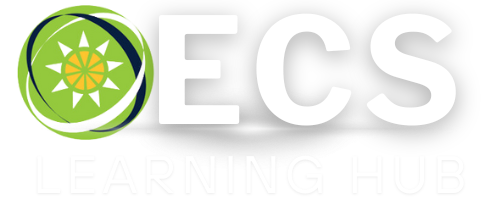Addition & Subtraction Stories
Overview
In this activity, students create and solve real-world story problems involving addition and subtraction within 100. They will learn to identify key information in word problems, choose appropriate operations, and represent their thinking using pictures, numbers, and words.
Students will work with concrete manipulatives and visual representations to build understanding of addition and subtraction concepts. They'll create their own story problems based on classroom situations and personal experiences, developing both mathematical reasoning and communication skills.
Learning Objectives
- Solve addition and subtraction word problems within 100
- Identify key information and unknown quantities in story problems
- Choose appropriate operations (addition or subtraction) to solve problems
- Represent mathematical thinking using pictures, manipulatives, and equations
- Create original story problems based on real-world situations
- Explain problem-solving strategies and reasoning to others
- Check answers for reasonableness in context of the story
Materials
- Base-10 blocks (ones, tens)
- Two-color counters
- Number lines (0-100)
- Story problem cards with various scenarios
- Student problem-solving recording sheets
- Chart paper for creating class story problems
- Markers and colored pencils
- Small whiteboards and dry erase markers
- Real objects for story contexts (toy cars, books, crayons)
- Digital timer
Preparation
- Prepare story problem cards with age-appropriate scenarios
- Set up manipulative stations with base-10 blocks and counters
- Create anchor charts showing problem-solving strategies
- Print student recording sheets for individual work
- Gather real objects that can be used in story contexts
- Prepare example story problems for modeling
- Set up chart paper for collaborative problem creation
Steps
- Introduction and Modeling (8 minutes):
- Present a simple story problem: "There were 23 birds in a tree. 15 more birds came to join them. How many birds are in the tree now?"
- Think aloud while identifying key information: starting amount, change, unknown
- Model using manipulatives to represent the problem
- Demonstrate writing an equation: 23 + 15 = ?
- Solve together and check if the answer makes sense in the story
- Guided Practice (7 minutes):
- Present a subtraction story: "Maria had 45 stickers. She gave 18 stickers to her friends. How many stickers does Maria have left?"
- Have students identify what they know and what they need to find
- Students work in pairs to solve using manipulatives
- Share different solution strategies as a class
- Emphasize checking answers in context of the story
- Independent Problem Solving (10 minutes):
- Students choose from 3-4 story problem cards at different difficulty levels
- Each student solves 2 problems using their recording sheet
- Encourage use of pictures, manipulatives, and number lines
- Students must show their work and write the equation
- Teacher circulates to provide support and observe strategies
- Story Creation Activity (5 minutes):
- Students create their own story problem using classroom objects or experiences
- Provide sentence frames: "There were ___ [objects]. Then ___ [action]. How many ___ are there now?"
- Students write their problem and solve it
- Partners exchange problems and solve each other's stories
- Share creative problems with the whole class
Differentiation
For Students Who Need Support:
- Use smaller numbers (within 20 or 50)
- Provide problems with clear action words (more, less, altogether)
- Use concrete objects and visual representations
- Offer sentence frames for explaining thinking
- Work with a partner or in small groups
- Focus on one-step problems initially
For Students Who Need Challenge:
- Include two-step story problems
- Use larger numbers approaching 100
- Create problems with extra or missing information
- Write multiple equations for the same story
- Create story problems for younger students to solve
- Explore different ways to represent the same problem
Assessment
Observe students during the activity and look for:
- Ability to identify key information in word problems
- Appropriate choice of operation (addition or subtraction)
- Accurate use of manipulatives to represent problems
- Clear mathematical communication and reasoning
- Correct computation within 100
- Checking answers for reasonableness
- Creativity and accuracy in creating original story problems
Collect student recording sheets to assess problem-solving strategies and identify areas for additional support. Use exit tickets asking students to explain their favorite problem-solving strategy.
Extensions
- Create a class book of original story problems with illustrations
- Act out story problems using classroom drama and props
- Connect to other subjects by creating problems about science experiments or social studies topics
- Use technology to create digital story problems with images
- Invite families to share story problems from home experiences
- Create story problems based on school events, field trips, or seasonal activities
- Explore estimation by asking "About how many?" before solving exactly
Curriculum Connections
Operations and Algebraic Thinking:
Addition and subtraction within 100
Mathematical Practices:
Problem solving, reasoning, and communication
Language Arts:
Reading comprehension and creative writing
Teacher Tips
- Use familiar contexts and student names in story problems
- Encourage multiple solution strategies and representations
- Model thinking aloud when solving problems
- Create a word wall with key problem-solving vocabulary
- Take photos of student work to share problem-solving strategies
- Connect story problems to current classroom activities and events
